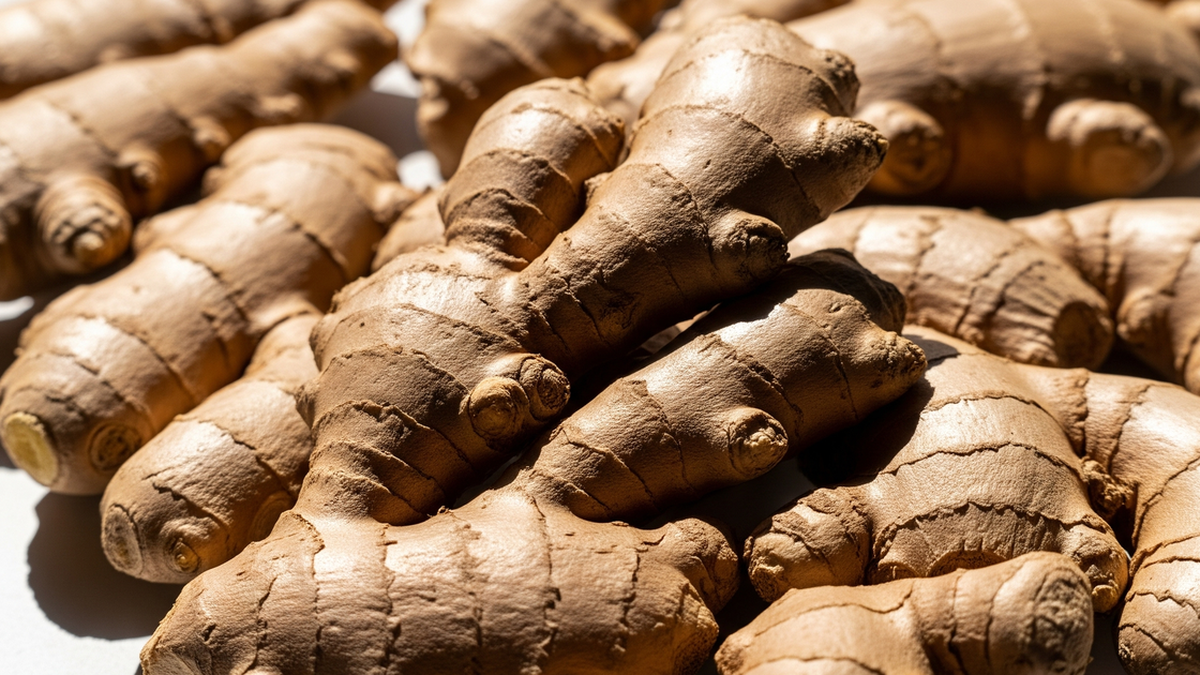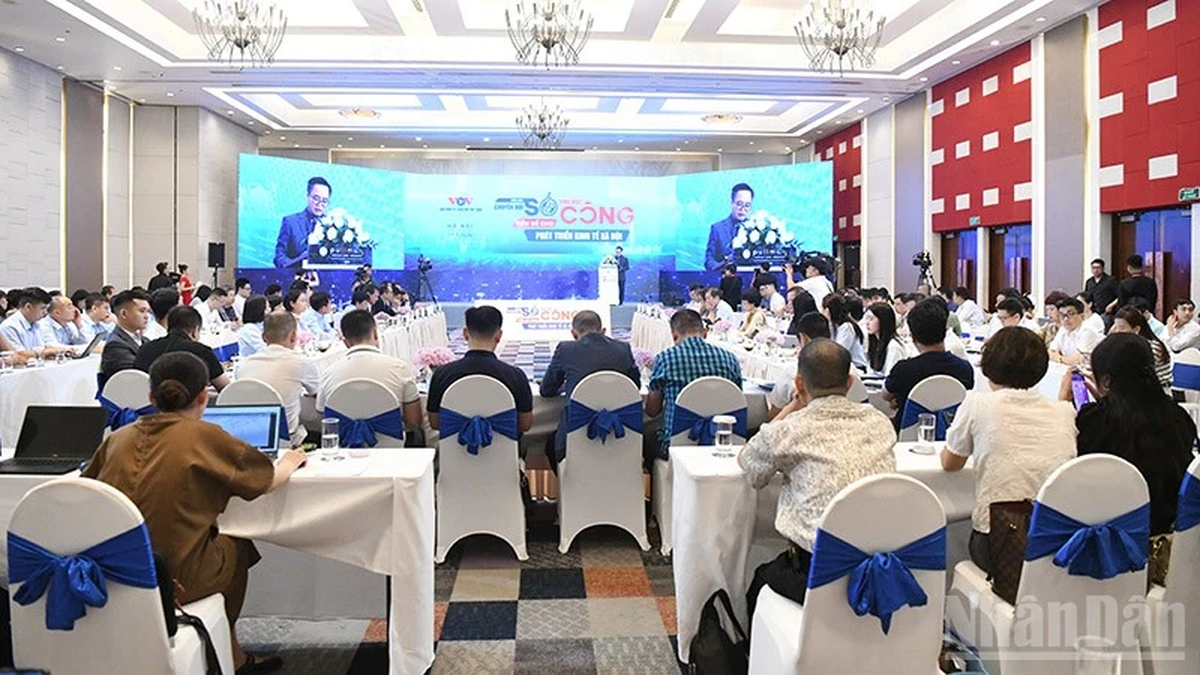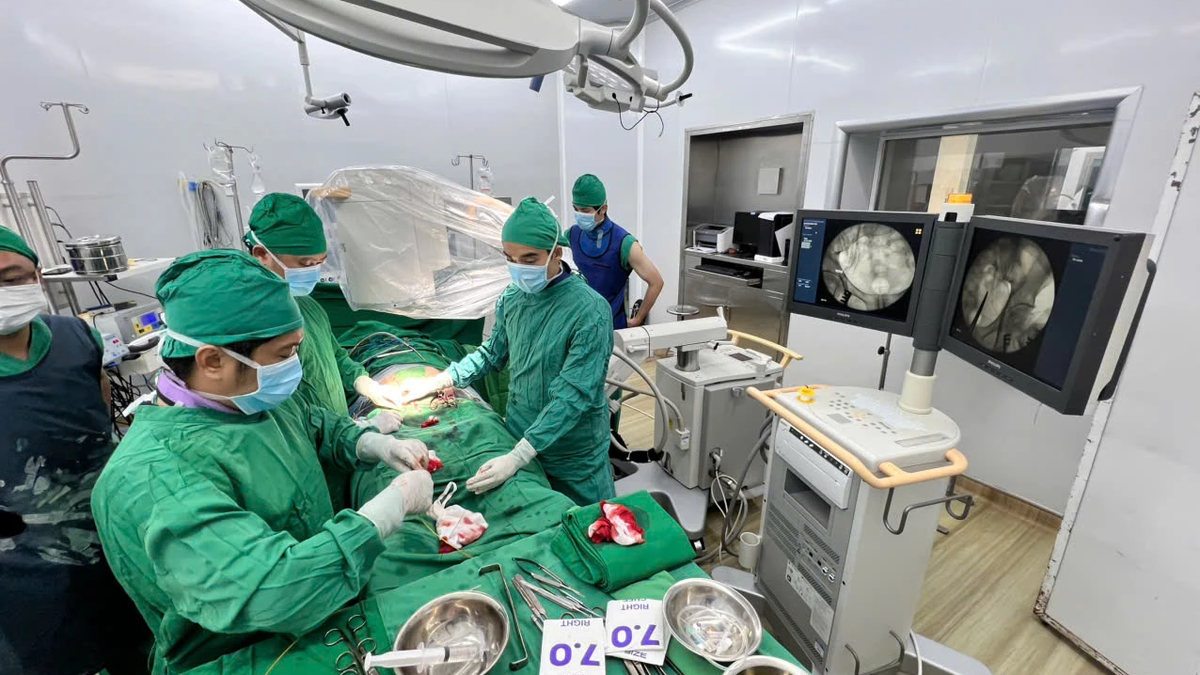
Promoting potential and advantages for high-tech agricultural production

According to the assessment of the Department of Agriculture of Don Duong district, in recent times, the results of converting crops and livestock towards high technology in ethnic minority areas have brought about economic efficiency, helping people know how to exploit land resources reasonably, applying scientific and technological advances in production. Thanks to that, the lives of ethnic minority people in Don Duong district have been improved, living conditions have been stable, many households have risen to become rich, contributing to promoting socio-economic development.
As one of the localities with strengths in agriculture, for many years, the Ka Do commune government has actively implemented many solutions to change the crop structure to suit local conditions. In particular, people have boldly invested in greenhouse and net house systems to increase the yield and quality of agricultural products, bringing in a stable source of income.
According to Mr. Nguyen Van Phan, in Nam Hiep 1 village, Ka Do commune, since 2018, his family has invested in a greenhouse system to grow chrysanthemums with an automatic irrigation system and night lighting to ensure the air is properly regulated for flower growth.
“Seeing the effectiveness after the experiment, I converted the chrysanthemum area to 5.5 sao of chrysanthemum, applying high technology in care. Up to now, each sao of chrysanthemum, after deducting expenses, the family earns 50 million VND. In addition, I also take advantage of the land, growing more short-term vegetables to increase income” – Mr. Phan shared.
In Tu Tra commune, for many years now, Ms. Ma Dam has been known as one of the first people to implement the organic vegetable farming model. Starting from her family's 1,000m2 garden in 2017, with the support of Caritas Da Lat, she and other women in the village established the IEM Goh Churu Organic Vegetable Cooperative, with 10 members of the Chu Ru ethnic group.

Currently, the IEM Goh Churu Organic Vegetable Cooperative owns about 7,000m2 of land, cultivating agricultural products, tubers, and fruits with strict care processes, ensuring organic requirements. Thanks to scientific production, each month, the Cooperative supplies over 1 ton of clean agricultural products, with prices 30-35% higher than the market, helping members increase their income.
“In addition to applying high technology to production, organic farming combined with environmental protection is the fulcrum to maintain the stability and sustainability of the Cooperative. This is also the key to maintaining stable income for members,” said Ms. Ma Dam.
Mobilize and deploy timely capital support for farmers
According to Mr. Le Minh Huy - Vice Chairman of Ka Do Commune People's Committee, since around 2018, under the direction of the commune government and the agricultural sector, many high-tech vegetable, flower and fruit production models have been formed in the area with increasingly high levels of intensive farming, providing many valuable agricultural products. Up to now, Ka Do commune has 2,399 hectares of vegetable cultivation land. Of which, there are 9 hectares of vegetables grown in greenhouses, more than 1.3 hectares of vegetables and 3 hectares of flowers grown in net houses, 3 hectares of flowers grown in net houses. The commune also has 12 plant nurseries with an area of over 16 hectares.

“In the coming time, the commune will focus on building models of cooperatives, association groups, and cooperatives to form a value chain for agricultural production and consumption. Continue to promote the production structure of the agricultural sector; increase the application of science and technology in production; form specialized production areas applying some high-tech stages and linking product consumption; maximize the advantages of the locality in agricultural production” – Mr. Huy shared more.
With many potentials and advantages in terms of weather, climate, land and water resources, etc., which have been appropriately exploited over the years, Don Duong district has formed and developed the largest concentrated vegetable growing and dairy farming areas in the province.
Currently, the district has two vegetable production areas in Lac Xuan and Lac Lam communes and a dairy farming area in Tu Tra and Da Ron communes that have been recognized by the Provincial People's Committee as high-tech agricultural areas. From these favorable conditions, Don Duong district has mobilized and deployed timely capital support for farmers to invest in developing high-tech agricultural production in a smart direction.

From programs and projects, the district's agricultural sector has built effective economic models that have been gradually replicated in ethnic minority areas such as: vegetable and flower growing models in net houses and greenhouses with sprinkler and drip irrigation systems; models applying IOT technology in agriculture with microclimate sensors, monitoring humidity and drainage; smart farm management software; models applying information technology in water-saving irrigation management solutions on vegetables, helping producers save input costs, increase productivity, quality and high added value; models converting ineffective coffee growing areas to growing vegetables and passion fruit; models of fattening beef cattle, models of raising high-quality beef cattle, etc.
According to the assessment of the Department of Agriculture of Don Duong district, in recent times, the results of converting crops and livestock towards high technology in ethnic minority areas have brought about economic efficiency, helping people know how to exploit land resources reasonably, applying scientific and technological advances in production. Thanks to that, the lives of ethnic minority people in Don Duong district have been improved, living conditions have been stable, many households have risen to become rich, contributing to promoting socio-economic development.
In 2024, Don Duong district will continue to develop 3 high-tech application areas in vegetable production in Lac Xuan commune, Lac Lam commune and in dairy farming in Tu Tra and Da Ron communes. At the same time, develop 4 more high-tech agricultural production areas for vegetables in Gian Dan village, Lac Xuan commune (112ha/127 households); Doi Tay area, Quang Thuan village, Quang Lap commune (121ha/60 households); Nghia Hiep 1 and Nghia Hiep 2 villages, Ka Do commune (100ha/50 households); Pro Trong village, Pro commune (100ha/50 households).




































































































Comment (0)